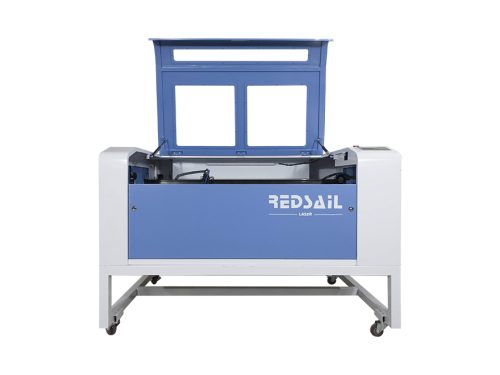
The type of laser marking varies according to the wavelength of the laser and the objects that can be marked. The feeling of completing each markup process will also vary, so the ideal model will vary depending on the purpose of the application. This question will introduce different types of laser marking machines and the characteristics of each type.
Typical characteristics of 1064 nm wavelength range lasers
Various processing applications from plastics to metals
It cannot handle transparent objects such as glass, because the laser will pass through them.
Contrast in plastic.
Typical characteristics of 10600 nm wavelength range lasers
It can not be well absorbed in the metal
Melting and combustion occur due to long wavelength and heat transfer.
It allows handling of transparent objects such as glass and PET.
Compared with the standard wavelength, the processed plastic is easy to be colored.
The influence of wavelength on laser marking machine?
Typical characteristics of 532 nm wavelength range lasers
It has a high absorption rate for various materials. 532 nm laser can even process objects with high reflectivity.
The beam diameter is narrower than the standard wavelength laser, which makes it possible to perform detailed processing.
Because light at this wavelength can penetrate glass and other transparent materials, they cannot process them.
It is not easy to cause thermal stress on objects.
Typical characteristics of 355 nm wavelength range lasers
The absorptivity is higher than that of green laser, and the absorptivity is high. It can be used for good coloring and marking of various materials without damage.
Objects with high reflectivity, such as gold and copper, can be marked and processed with minimal heat effect.
Compared with the green laser, it can make the beam diameter narrower, so it can be marked and processed in more detail.










